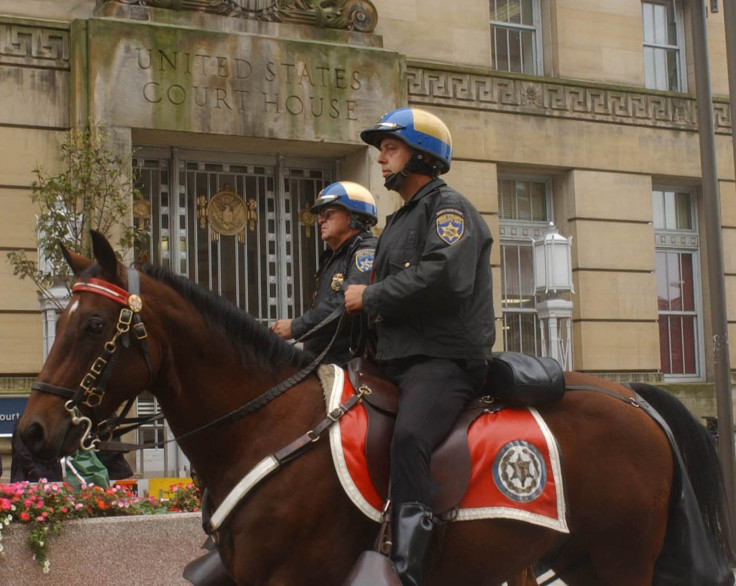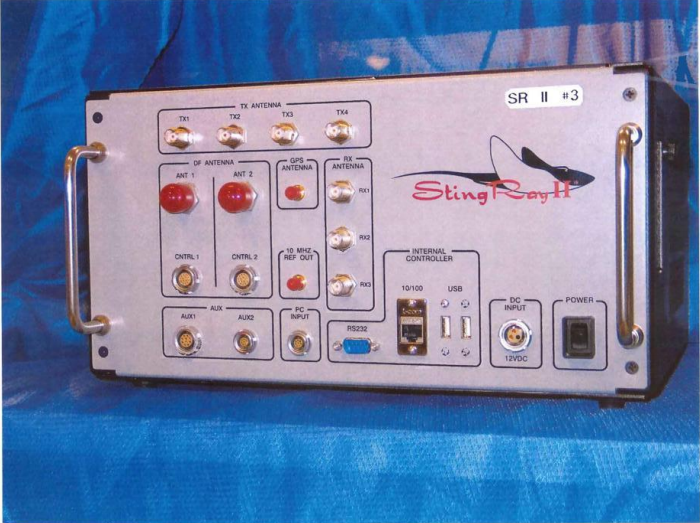New York state judge orders sheriff's office to release Stingray phone spying details

A New York State Supreme Court judge has ordered the Sheriff's Office in Erie County to release information relating to the fake mobile base station technology Stingray, after the police refused to comply with a Freedom of Information request.
State Supreme Court Justice Patrick H. NeMoyer's decision is in response to legal action taken by the New York Civil Liberties Union (NYCLU), which originally filed the Freedom of Information request with the police department in June 2014, according to Buffalo News.
The union filed the request after Erie County Sheriff Timothy B Howard admitted Stingrays had been used in the county since 2008.
A Stingray is a type of telecoms equipment that pretends to be a fake mobile base station. The phones of all users passing close to areas where the fake base station is located are tricked to connect to it.
This enables the owner of the Stingray to intercept SMS text messages and gather identifying information about the user and their location, all without the user's mobile operator or the user themselves being any the wiser.
Non-disclosure agreements signed with FBI
In July 2014, local media reports began emerging that Stingray was being used in several counties, and in September, a secure phone manufacturer revealed that it had discovered 19 fake mobile base stations active across the US in various states, including big cities like New York, Chicago, Denver, Dallas, Seattle and Miami.
Since then, there have been numerous requests made to local police departments about their usage of the surveillance devices, but very little details have emerged.

An FBI affidavit unearthed in December 2014 states that all law enforcement officials that purchased the technology are required to sign a non-disclosure agreement by the US government that prevents them from saying anything about it.
This confirms what many have known for a while, and now state senators are beginning to consider new bills to regulate how the police is allowed to use mobile phone surveillance devices, with one example being the city of Tacoma in Washington State.
Back in Erie County, when the NYCLU filed its legal action against the Sheriff's Office in January 2015, it was revealed that the union had sought access to the same information from the FBI, but had also been denied.
According to the court documents, the FBI contended that disclosing information about how Stingray was being used by the police in Erie County "would allow criminal defendants, criminal enterprises, or foreign powers, should they gain access to the items, to determine law enforcement's techniques, procedures, limitations and capabilities in this area."
No judicial permission obtained in most cases
As a result of the legal action, the Sheriff's Office must now release unredacted copies of:
- Purchase orders amounting to $350,000 (£239,000) relating to a Kingfish system, a Stingray system and proprietary software used in training classes between 2008 to 2012
- Reports on how Stingray was used by the police between 1 May 2010 and 3 October 2014
- A letter from the FBI explaining the non-disclosure agreement for Stingray to the Sheriff's office
- A letter from Harris (the makers of Stingray) to the Sheriff advertising the Stingray system
After reviewing all the information in the case, the judge concluded that only one report had mentioned obtaining a judicial order granting permission to track mobile phones.
At least two reports indicated that Stingray was used In order to locate a missing person or a "potentially suicidal person", and the judge permitted identifying information to be redacted from only these types of reports.
© Copyright IBTimes 2025. All rights reserved.






















